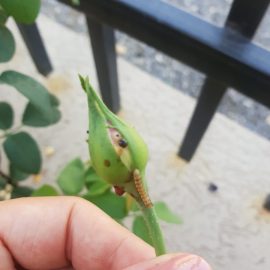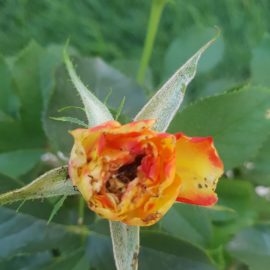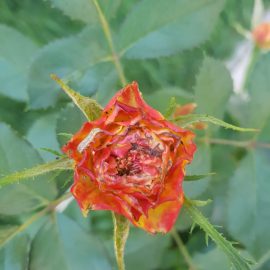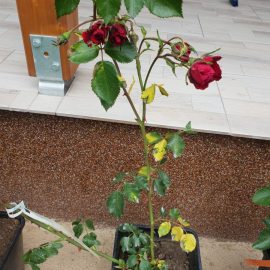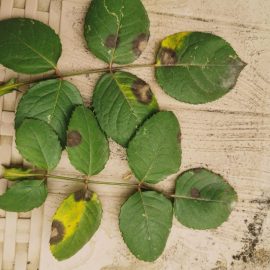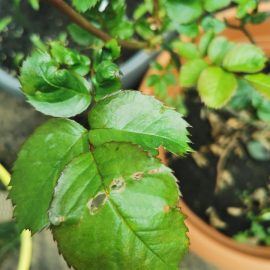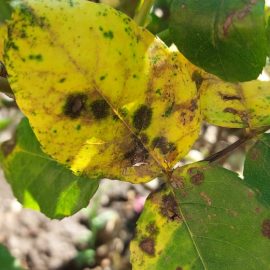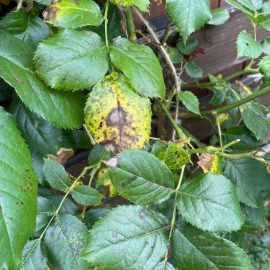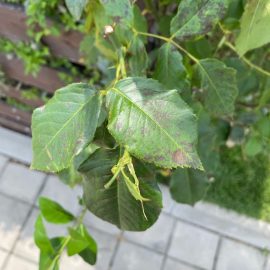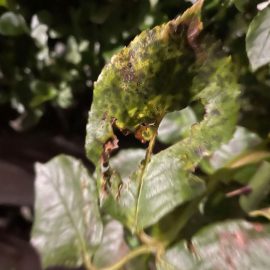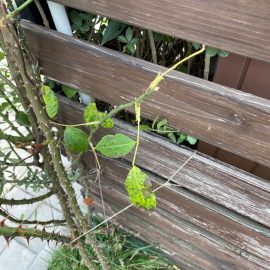Rose black spot (Diplocarpon rosae) – identify and control
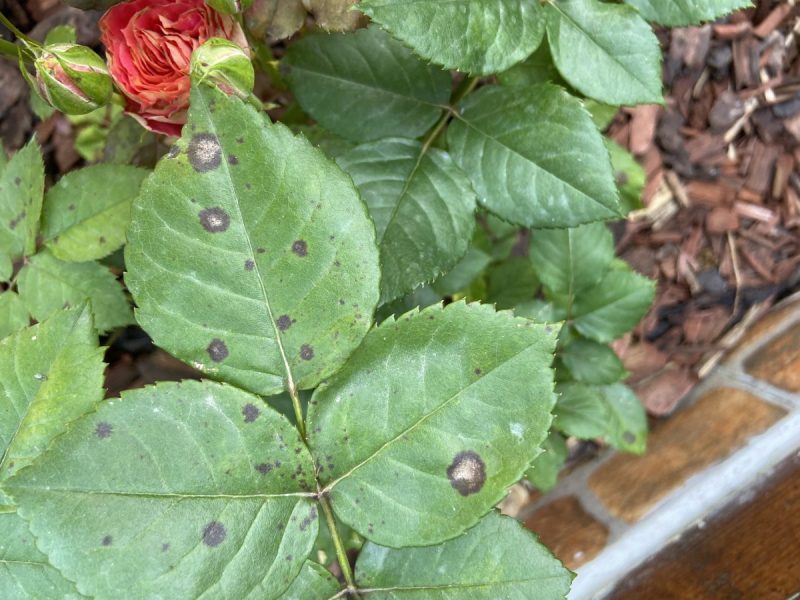
Rose black spot, Diplocarpon rosae is a very common disease, found all over the globe, in the regions where the rose is cultivated.
Symptoms – Rose black spot
The disease occurs mainly on the leaves, with black, circular, radiating spots forming on the upper side of the leaves with imprecise borders. The spots vary in diameter from 3-4 mm to 12-16 mm. The radial appearance is due to the growth of mycelium, which starts radially from the point of infection.
Under favorable environmental conditions, the spots easily converge and produce large, irregularly shaped lesions. The tissue around the spots turns yellow, and eventually, the yellowing covers the entire leaf. In case of strong attacks, premature defoliation of plants occurs with implications for flower number and quality.
On the spot’s surface, there are small black protuberances representing the fruiting bodies of the fungus. By breaking the cuticle, the conidia are released, thus spreading the pathogen.
Apart from the leaves, young shoots can also be affected, and purple-black spots appear on their surface.
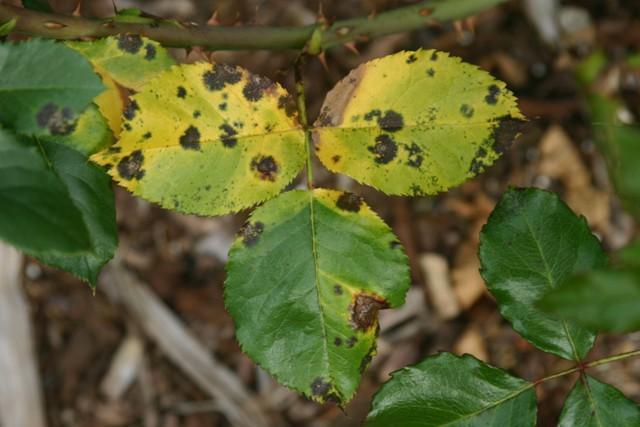
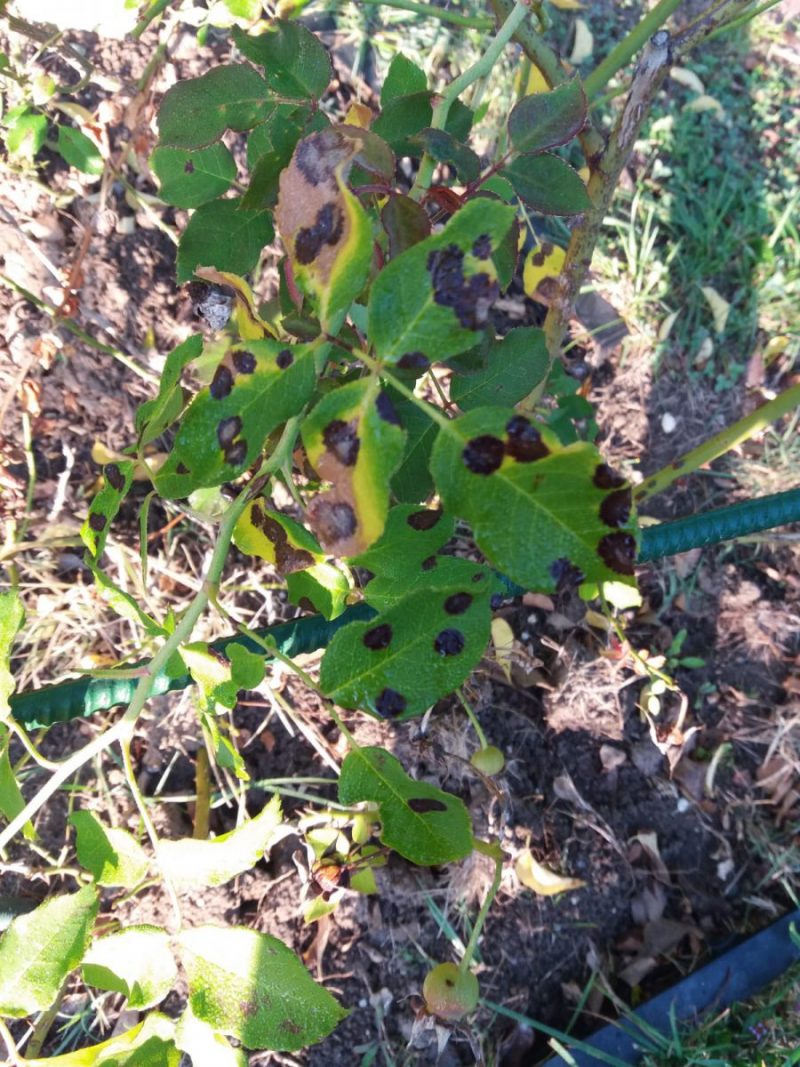
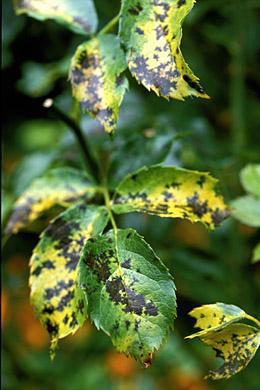
The pathogen is Diplocarpon rosae. It is transmitted from one year to another by conidia on the leaves, by ascospores that overwinter in the apothecia, and by resistance mycelium from the injuries presented on the sprouts.
Prevention and control. It is recommended to prune the affected shoots and collect the attacked leaves to destroy them by burning them. In the protected areas it is recommended to periodically aerate to reduce the atmospheric humidity. When the attack is strong, it is recommended to apply specific fungicides.
Recommended products
-
You can find products on a different store
Change Store -
You can find products on a different store
Change Store -
You can find products on a different store
Change Store -
You can find products on a different store
Change Store -
You can find products on a different store
Change Store -
You can find products on a different store
Change Store -
You can find products on a different store
Change Store -
You can find products on a different store
Change Store -
You can find products on a different store
Change Store -
You can find products on a different store
Change Store -
You can find products on a different store
Change Store -
You can find products on a different store
Change Store -
You can find products on a different store
Change Store -
You can find products on a different store
Change Store -
You can find products on a different store
Change Store -
You can find products on a different store
Change Store -
You can find products on a different store
Change Store -
You can find products on a different store
Change Store -
You can find products on a different store
Change Store -
You can find products on a different store
Change Store -
You can find products on a different store
Change Store -
You can find products on a different store
Change Store -
You can find products on a different store
Change Store -
You can find products on a different store
Change Store














































































































































































































































































































































































































































